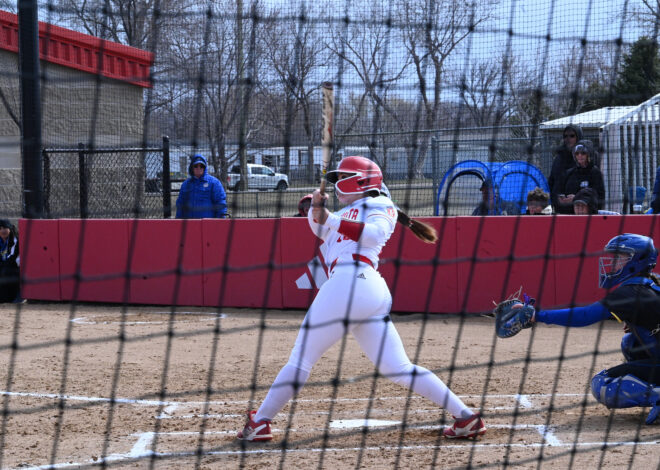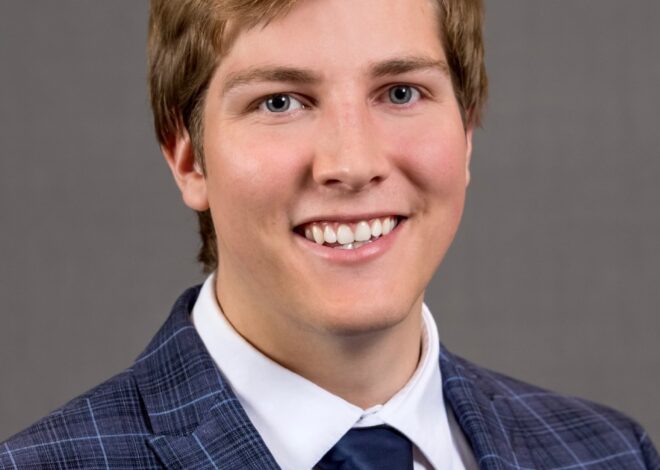Legislative Overview: 2-27-13
House Bill 1213
House bill 1213 has been scheduled for a hearing with the Senate Education Committee. If passed, the bill would provide a reduced amount of state aid to education funding to certain school districts with a fall enrollment of less than 100 students. Schools with less than 100 students that are not located in a sparse school district would be forced to choose between reorganizing with another school district within a period of two years to create a newly reorganized school district with a minimum of one hundred students, or to accept a reduced amount of state aid to education funding. The bill was first read in the House Jan. 28. It was amended and passed by the House, and was read in the Senate Feb. 15.
House Bill 1198
This bill would allow certain opportunity scholarship recipients who graduate early to use the remainder of their scholarship award for their graduate studies, if they choose to pursue them. As it stands, scholarship recipients receive $1000 per year for their first three years of enrollment, and $2000 during their fourth year, unless they did not attend an accredited South Dakota university or technical school prior to admission to the program, in which case the recipient would receive $1000. The bill was introduced Jan. 25, and is scheduled for a Feb. 28 hearing with the Senate Education Committee.
Senate Bill 237
Senate Bill 237 would increase appropriated funds for the need-based grant fund, which provides financial aid to South Dakota students with financial need enrolled in postsecondary institutions across the state. The bill, first read in the House Jan. 8, is scheduled for a Jan. 27 hearing. The bill explicitly stated it had been extensively amended, to a point where it may no longer be consistent with the original intentions of its sponsors.
Senate Bill 229
This bill was introduced Jan. 28 and is scheduled for a Feb. 27 hearing. It would make an appropriation to South Dakota’s Department of Education for the purpose of providing funding for career and technical education throughout the state. The funds would be distributed to school districts based on their fall enrollment numbers, and expenditures would be allowed to come from vouchers and warrants.


